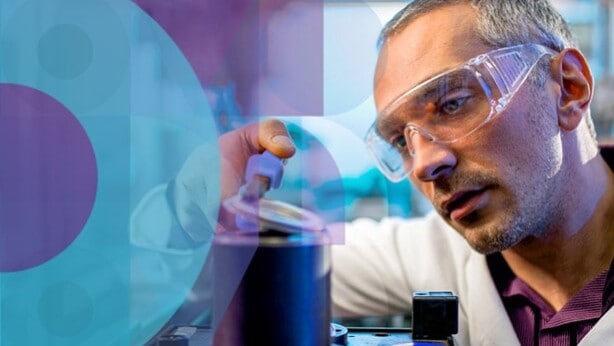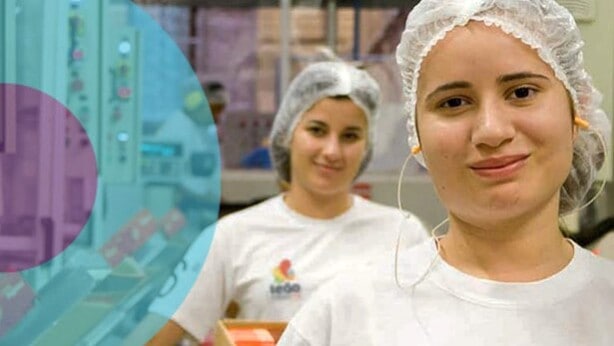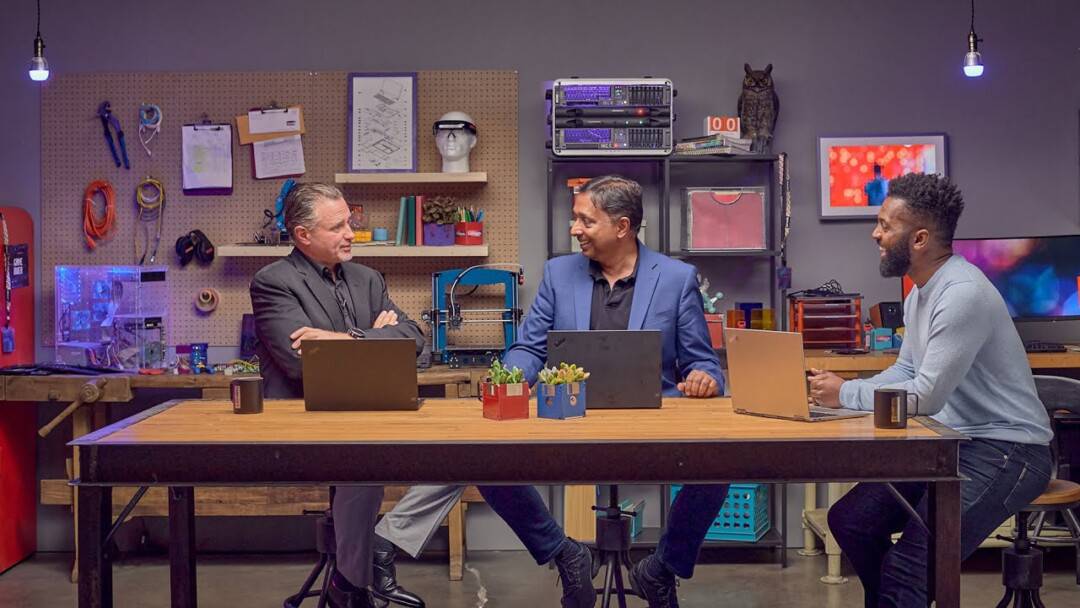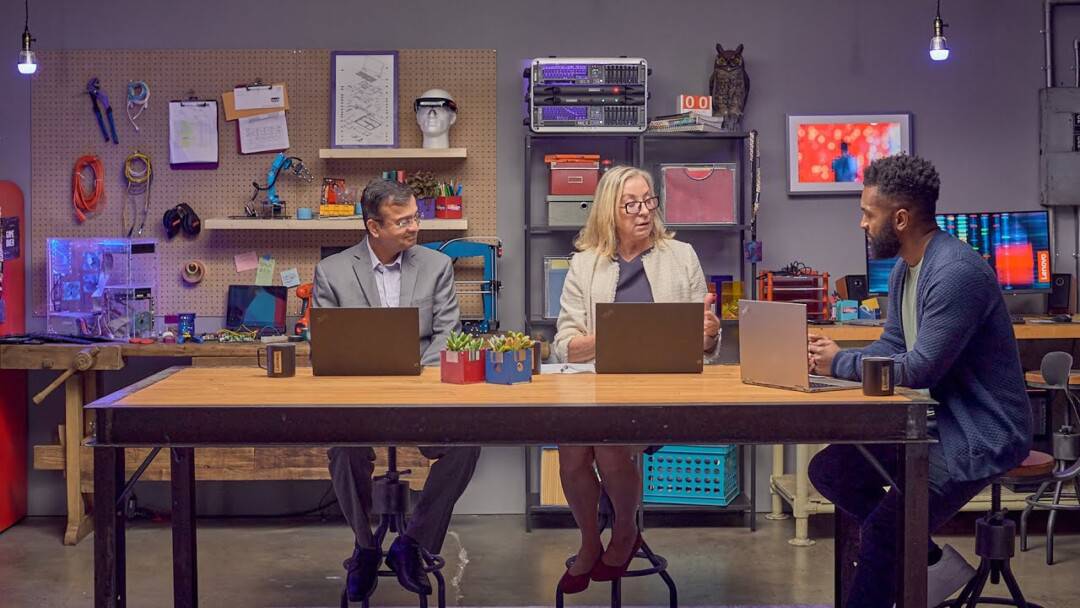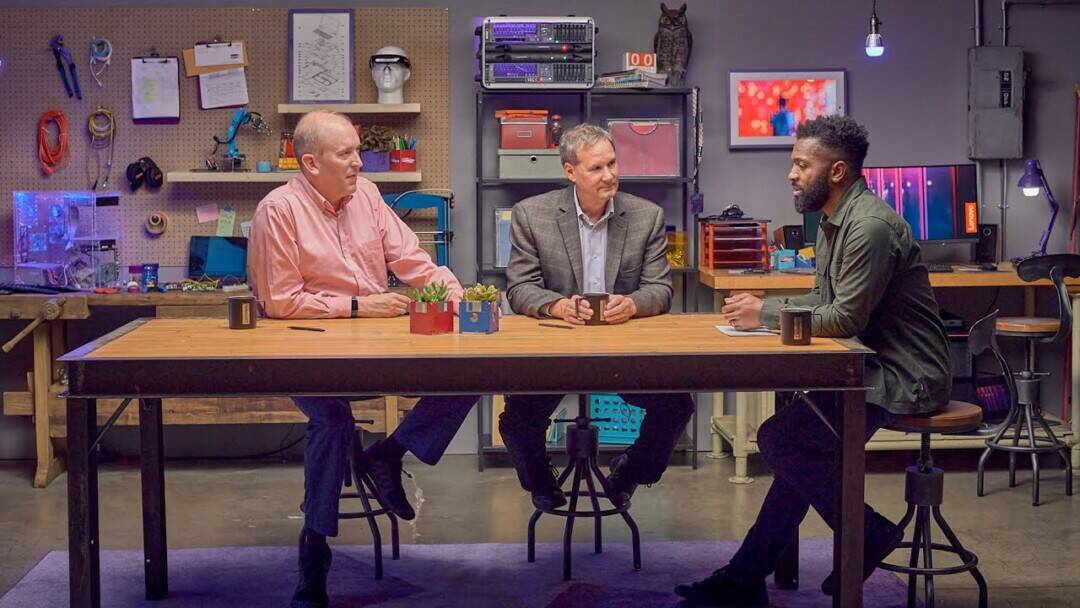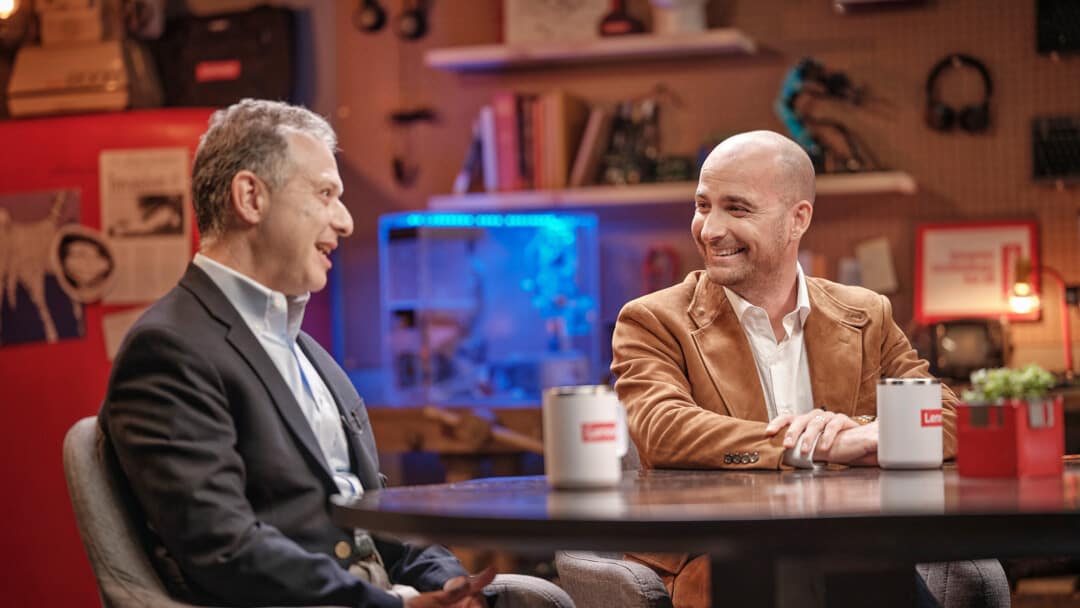
Going green, saving green for IT
Reducing emissions does more than just help organizations reduce their impact on climate change. According to Scott Tease, Vice President and General Manager for HPC and AI at Lenovo, every kilowatt that is consumed can easily approach $1,000 per year in energy costs. But, by building greener IT infrastructure or updating existing installations with the latest energy efficient hardware, businesses can save kilowatt by kilowatt bringing a positive impact to not only the environment but also the wallet. Getting there starts with taking an inventory of existing IT setups, Tease advises. “You need a baseline for your power consumption,” he says. “You also need a baseline of your CO2 emissions. Once those are understood, you can begin your journey to greener IT.”
IT managers should look at the most effective ways to reduce energy consumption. That, according to Tease, includes upgrading systems more than five years old, deploying software that helps hardware use energy more efficiently, and looking at non-emitting sources of electricity such as solar, hydro or wind. Implementing these changes not only contributes to monetary savings, but carbon emissions reduction. “For many customers the power savings from putting a smart energy efficiency plan in place can offset the added costs for moving to greener energy or free up funding to invest in green energy generation,” Tease says.
Cooler IT, cooler planet
The law of conservation of energy tells us that every watt of energy used by a computer lands in the room or data center in the form of heat. The cost to remove this heat can easily add 40% more power usage just for air conditioning and heat rejection systems. Smarter approaches to data center design and more efficient system architectures can quickly save organizations money, according to Tease. Data centers designed with energy efficient operations in mind reduce power consumption, cost, and greenhouse gas emissions because every watt of power that saved is one that is not consumed.
Every organization can find ways to drive better efficiency into their operations and making changes to drive down power consumption do not have to be disruptive to the business value that companies expect, nor must they require heavy capital investments. Small changes add up quickly, for example the change from Energy Star Platinum to Titanium Power Supplies can save 3% during normal operations, the use of smart energy management software like Lenovo’s xClarity Energy Manager can reduce power during both peak and low utilization times and the deployment of innovative heat sink solutions lowers fan speeds in turn reducing power consumption by 3-5%. All these small changes can add up to significant reductions in energy consumption.
“For those who really want to get serious about this, we recommend liquid cooling,” Tease says. “Our Lenovo NeptuneTM warm-water cooling technologies can drive down total power consumption for full operation of the server and data center by as much as 40%.” This adds up to real savings quickly and the benefit continues over the life of the infrastructure.
That’s that kind of savings Harvard University realized with its 32,160-core supercomputer at the Massachusetts Green High Performance Computing Center (MGHPCC) in Holyoke, Massachusetts. The system not only consumes less power but since it runs mostly on electricity generated from a hydroelectric plant on the Connecticut river it is responsible for very low CO2 emissions.
“Our previous cluster was air-cooled,” explains Scott Yockel, Research Computing Officer at Harvard FASRC. “Liquid cooling supports increased levels of performance much more efficiently, which is crucial to meeting both our current and future computing needs.” The system uses Lenovo’s NeptuneTM liquid cooling technology, which pipes water to the racks and through the servers themselves to cool processors and most of the other internal components in place of high-speed fans moving air through the system. Customers can even opt for water-cooled power supplies. An added benefit of direct water cooling is that the elimination of system fans means nearly silent operation.
As Harvard’s example demonstrates, increasing energy efficiency can also increase computing power. Harvard claims a boost in processor clock speed with its new system, from 2.9 gigahertz to 3.5 gigahertz, giving scientists a leg up on research into everything from vision processing in the human brain to black holes.
Harnessing IT heat: on a path toward zero emission computing
Some organizations desire a path to go beyond reducing CO2 emissions with the goal of being a neutral to carbon negative operation. The key to this is twofold. First, start by powering these systems with no to low emissions power sources. Second, creatively find ways to recycle the waste heat generated by these systems. With warm water cooling, the possibility of converting this heat from problematic waste to a valuable commodity is real value-add.
For every watt of power that goes into a system, a watt of heat comes out of it. Harnessing the value of that heat energy can be done today with warm water liquid cooled deployments. The water that comes out of the system after cooling is quite hot, easily 50 degrees Celsius or over 125 degrees Fahrenheit,” Tease says of the NeptuneTM systems. “There is a high amount of heat energy stored in this liquid that can be transported to other locations. If we can find a way to move that hot water to a place where it can be repurposed, then we can recycle the heat and energy from it.”
For example, if plant managers pump the hot water coming out of a liquid-cooled data center through building infrastructure, they can use it to reduce heating costs for the building. “It’s a supplement to my hot water heater,” Tease explains. “Or use it to heat a pool. The guys in our lab keep mentioning a hot tub, but because of the pandemic, I haven’t been in the lab for a while. And all that energy has now replaced other energy sources.”
Tease sees such energy recycling as the future of energy use for IT infrastructure. “Back in the ’’60s, we threw away all glass bottles and aluminum cans,” he points out. “Today, we recycle the majority of that stuff; we see it as a valuable commodity.” In the same way, the heat from the data center can become a commodity rather than mere waste.
The era of sustainable IT is gaining supporters as more organizations incorporate green strategies into their digital transformation initiatives. The cost savings, as well as the savings in carbon emissions, is helping them make the greener choice.







